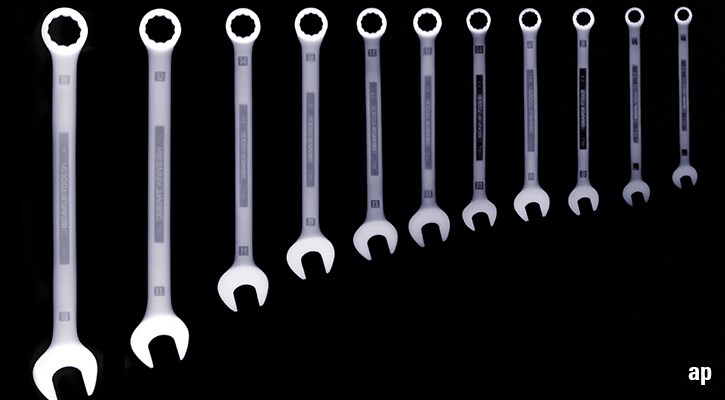
Between rising inflation, low stock market returns and high mortgage rates, Canadians are feeling the pinch when it comes to consumer purchases. When budgets are tight, it might be appealing to consider ‘buy now, pay later’ (BNPL) schemes, offered by many retailers for products both large and small.
But do BNPL schemes make sense? Before turning to this option, there are a number of things to consider.
What is ‘Buy Now, Pay Later’?
Simply put, ‘buy now, pay later’ (BNPL) is the equivalent of purchasing on credit, except merchants will provide a grace period (usually one year, sometimes more, or less) during which interest is not charged. Payments are typically spread out into equal parts over the term of the agreement. Alternately, a deferred plan means you must pay the entirety on the due date. In both cases, once that term is complete, interest payments must be made on the remainder of the payments.
BNPL can provide a bit of breathing room in your monthly budget if, for example, you are coming off a heavy spending period and the purchase was necessary, such as a replacement washer or dryer. The option can allow you to maintain your quality of life without the added stress of paying for a large purchase.
Many large companies now offer BNPL in partnership with lenders like Afterpay, Sezzle, and PayBright.
Are ‘Buy Now, Pay Later’ Schemes Helpful? Yes, Sometimes.
Those who use BNPL may get the instant gratification of a new purchase, but also run the risk of overspending. And these days, BNPL schemes don’t just apply to larger purchases like that washer or dryer. Anything from clothing to air travel could be eligible for a BNPL scheme, depending on where you buy the products, and the current promotions.
According to the Financial Consumer Agency of Canada, the most common reasons for using BNPL include “to help me budget,” “I couldn’t afford the entire purchase right away,” and “to avoid interest and fees.”
Relatively small payments over a period of time can help smooth the budget and align your spending with your weekly or biweekly income. One rule of thumb to help limit using BNPL for unnecessary spending is to only make essential purchases using the option. If you can only afford an expensive item of clothing using this option, for example, then it might not be something worth purchasing at all.
Savvy, disciplined consumers may also benefit from the delayed payment. If, for instance, payment is not due until one year from the time of purchase, a large payment deferral could be better spent on a fixed term investment like a one-year GIC.
What Are the Risks of ‘Buy Now, Pay Later’ Schemes?
A BNPL scheme can be a sound way to save money by not taking on additional credit to make purchases, but careful consideration should be made before taking advantage of the payment option.
“These payment methods appeal to people with poorer credit,” said Scott Terrio, Manager, Consumer Insolvency, Hoyes, Michalos Licensed Insolvency Trustees, noting that the alternative option of traditional credit provides added benefit such as points or cashback.
Consumers should take the time to understand the terms. Terrio notes that while they are marketed as ‘no interest,’ there are fees associated with rescheduling or missing a payment. He also notes that for one specific lending company, 13% of total revenues come from late fees. “That is huge,” he says.
Another caveat to consider is that should your financial situation change between the time of purchase and the time of payment (a layoff, for example), paying down the balance could become challenging.
It’s important to keep in mind that BNPL is first and foremost a marketing tactic to entice consumers to make purchases that they may – or may not – need. While it can be a good option to smooth the budget during challenging economic times, consumers should plan carefully and proceed with caution to avoid overspending.




















